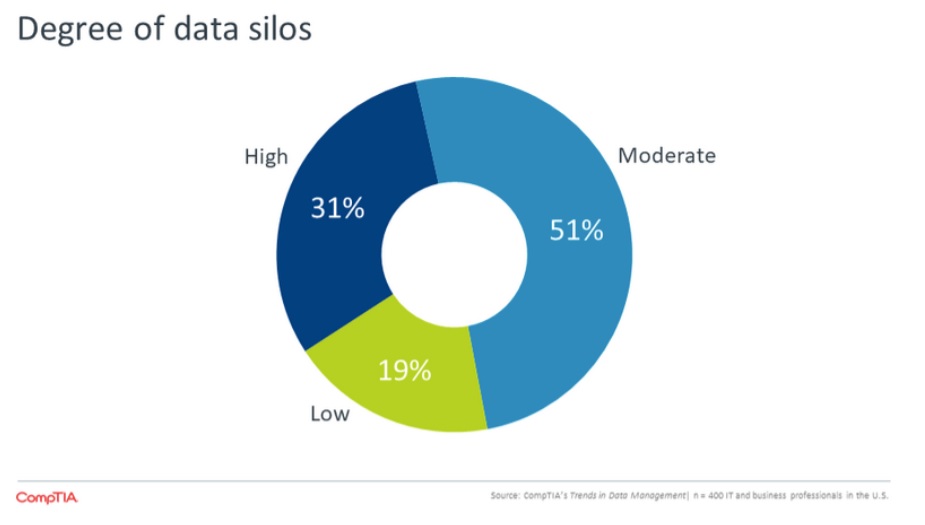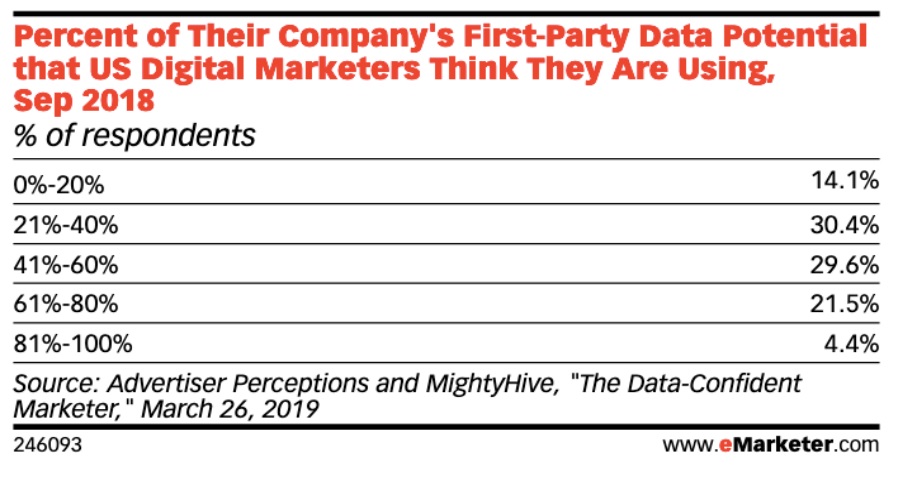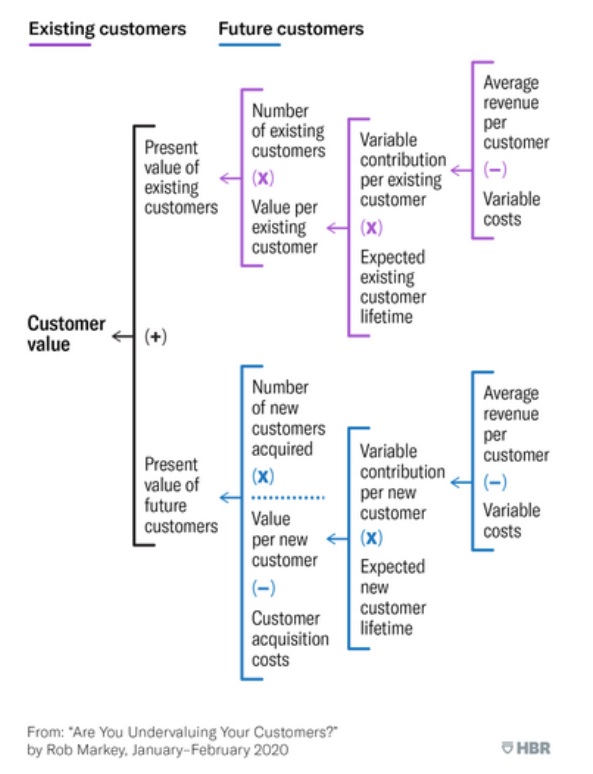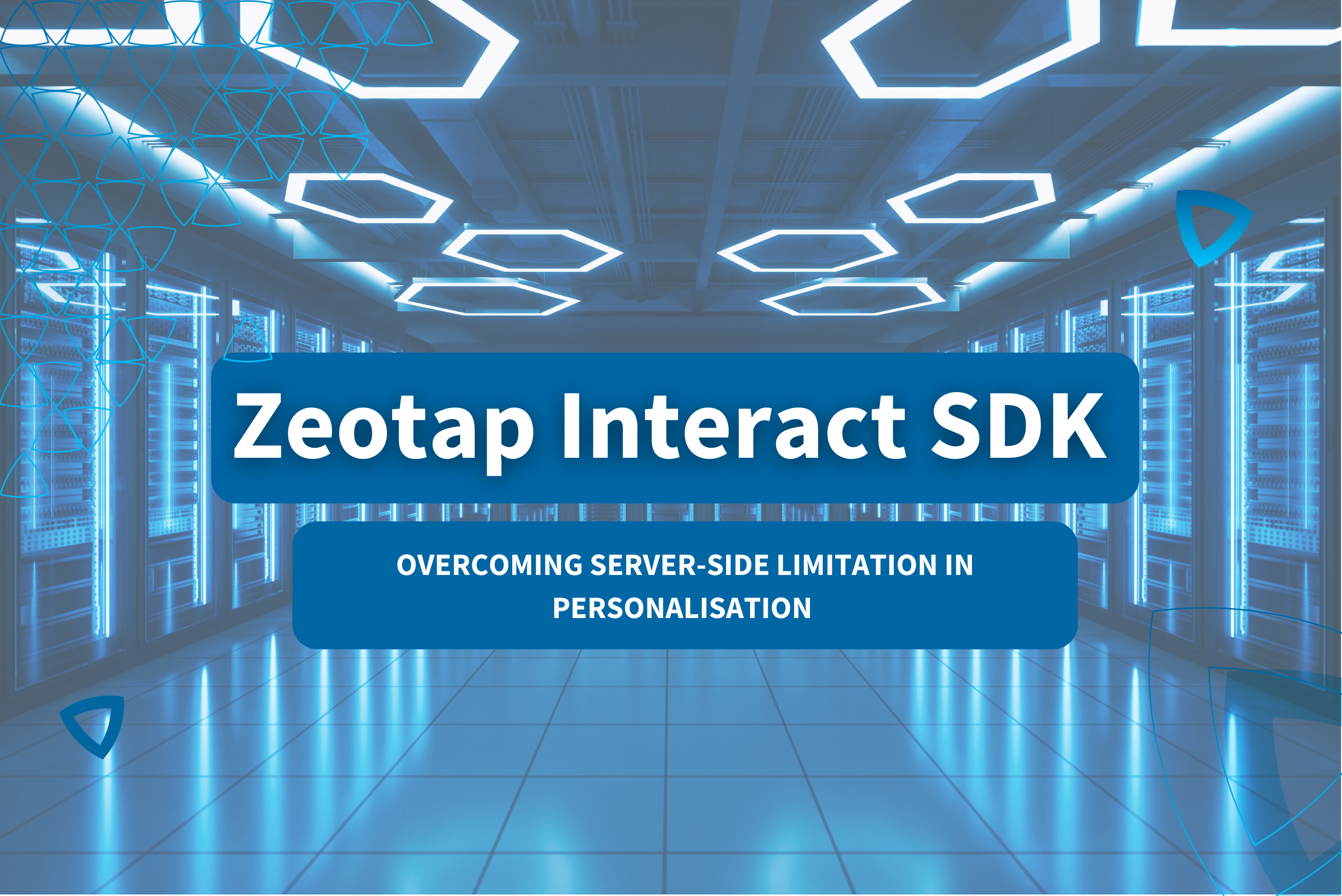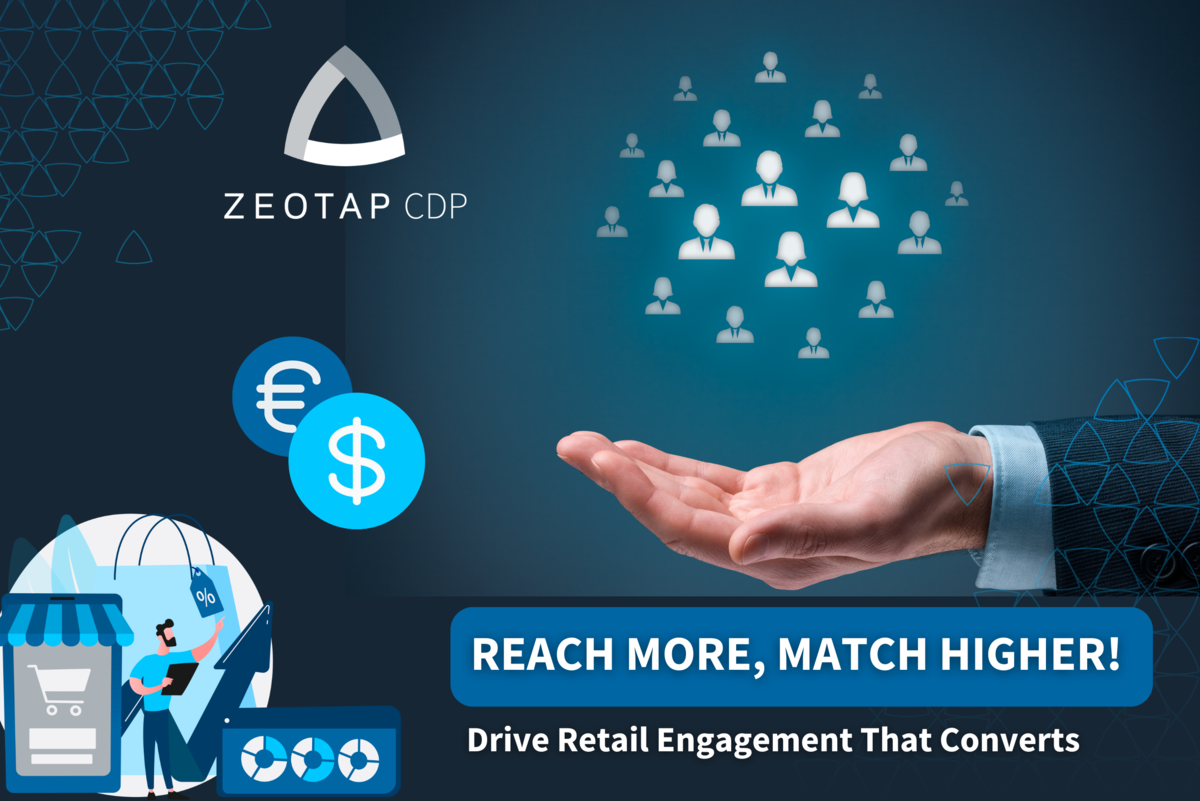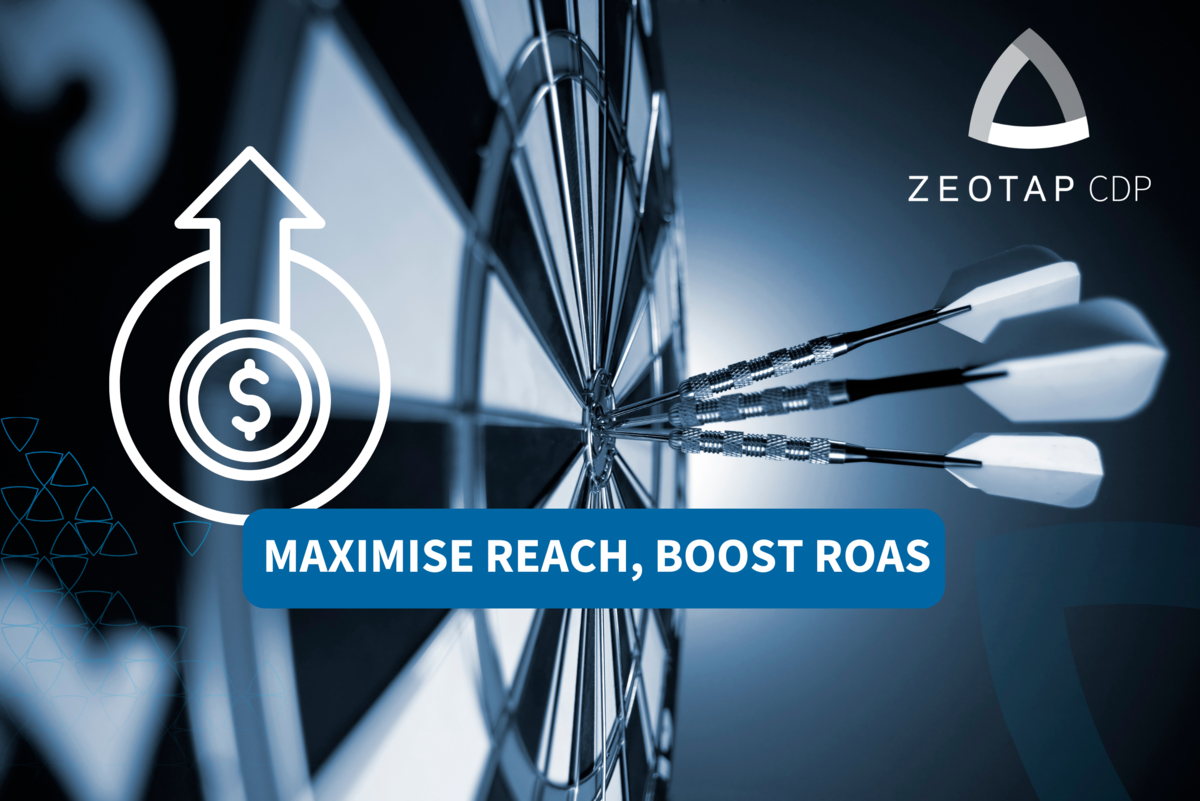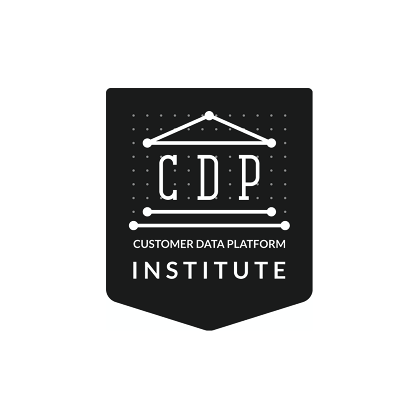As we move further into a mobile-first world, marketers are focusing more heavily on the value of first party data for mobile app marketing. Mobile operations systems like Apple and Google are placing more emphasis on their privacy and security features than ever before.
In 2020, Apple released iOS 14, an update that requires mobile apps to request and receive permission to access an IDFA (Identifier for Advertisers). With increased focus on privacy, mobile app marketers must move away from third-party data to focus on first-party data to better understand how users are interacting with their business.
In this article, learn the importance of first-party data in mobile app marketing and how to collect first-party data when engaging customers via your mobile app.
Why Is First-Party Data Important?
When combined with the aggregated data that you should be collecting via your site analytics, this data provides incredible insights into your customers’ preferences.
First-party data is also relatively low-cost and readily available. As the owner of your business’s site or app, you own the data collected. You can manage it as you like, though you must act within the applicable data protocols. This means that you don’t have to pay for access to data collected by other businesses.
It is important to make sure that your first-party data is actually available to all parts of your business that need it, and not kept locked away in data silos. It is also important that your data collection does not impact the usability of your app or site. You can check the quality assurance of your app by implementing a good qa testing strategy.
Benefits of First-Party Data in Mobile App Marketing
Mobile app marketing relies heavily on the data gathered by companies about customers and potential customers. The accuracy of first-party data allows companies to specifically target their most profitable demographic, and also to see trends in product success.
For example, if a business has a product aimed at teenagers, they might target their marketing strategies towards teens by placing ads on platforms frequented by young people.
However, by analysing their first-party data, the business might find that the biggest spenders on their site are middle-aged adults in the months before Christmas. The business could take advantage of this by increasing its advertising on platforms frequented by the older demographic.
Despite the efficiency of first-party data as a marketing tool, fewer than one in 20 marketers believe they are using first-party data effectively.
With the ‘cookieless future’ (the deprecation of third-party cookies) just around the corner, first-party data collection is more important than ever. For small businesses, the task of collecting, sorting, and analysing this data might seem daunting. Fortunately, there are plenty of tools to help with software testing planning that will ensure apps work exactly as intended for both the customer and the business.
Read on for some of the most important benefits of first-party data in mobile app marketing:
1. Improving Customer Experience
Collecting first-party data allows you to accurately understand your customers’ needs. If you then use this information to tailor your app and website to those needs, you can reduce churn rate and increase return on investments (ROI).When developing your site and app, make sure to use manual testing tools (aka human testers) as well as automated testing. Manual testing is especially useful when streamlining the checkout process and evaluating the attractiveness of the app overall.
2. Nurturing Existing Customer Base
The same first-party data that allows you to increase the satisfaction of new customers will also tell you how loyal your existing customers are.
3. Better Targeting
First-party data allows you to analyse information about your customers and potential customers and accurately group them into target audiences. It can tell you about your customer’s demographic, spending patterns, and behaviour.
First-party data is particularly effective when used alongside second-party data (data collected by another company and then sold or shared to another non-competitive company) or third-party data (information collected from a variety of external sources by a company with no direct relation to the user whose data is collected). The combination of data sets means that businesses can get the benefits of both the accuracy of first-party and the scale of third-party data.
The accuracy of first-party data also helps you when conducting re-marketing campaigns, as it allows you to specifically target the groups who are most likely to be receptive.
4. Accurate and Relevant Data
The key feature of a first-party data strategy is its accuracy: it is not a sample of your target group so much as representative of the whole group.
You can increase the value of the data collected by assessing your app through rigorous testing automation at various points in the app development process.
Automation testing allows you to make sure your app is working exactly as intended, which in turn will both increase customer satisfaction and allow you to gather accurate data without the influence of app glitches.
How to Collect First-Party Data When Marketing in Your Mobile App
1.Ads
If you have an ecommerce store, you’ll definitely run ads at some point. The most common types are banner ads and video ads – or you might even have a combination of the two.
Ads can be very effective, and you should monitor click-through rate (CTR) to check that the success of your ads is not declining. For the customer, ads can seem invasive if not done well, which can lead to ad fatigue. If the CTR is declining, you will know that your ad campaign is in need of a makeover.
2. Point of Sale
Data can be collected by your ecommerce store’s point of sale system. This data is usually collected by the system itself, so you should make sure you are including product-specific data into your analysis.
This data might include loyalty programmes, spending amounts, the number of products per transaction, and the number of abandoned transactions.
3. Surveys
Surveys require conscious input from the customer, so it’s useful to offer some sort of incentive. This could take the form of a discount code or a chance to win a prize. The longer and more involved the survey, the bigger the incentive you should be.
Surveys are useful because they tell you exactly what the customer wants. For example, if a customer visits your site with the intention to buy two products but only leaves with one, the transaction will still appear successful in your data. Surveys can let you know what you are missing out on.
4. User Registration
When users sign up to your app they are offering a significant amount of data. Encourage them to do so by creating sign-up incentives such as email coupons, “first-order” coupons, loyalty programmes, birthday deals, and more.
Conclusion
First-party data is an essential part of any ecommerce marketing strategy and allows businesses to get a better picture of who their customers are and how they are interacting with apps and websites.
First-party data can be used in conjunction with second-and-third-party data to develop a holistic approach to marketing. An informed marketing strategy can help businesses meet productivity and support employees in their career goals.
Kate Priestman – Head Of Marketing, Global App Testing
Kate Priestman is the Head of Marketing at Global App Testing, a trusted and leading end-to-end software testing solution for QA challenges. Kate has over 8 years of experience in the field of marketing, helping brands achieve exceptional growth. She has extensive knowledge on brand development, lead and demand generation, and marketing strategy — driving business impact at its best. You can connect with her on LinkedIn.
